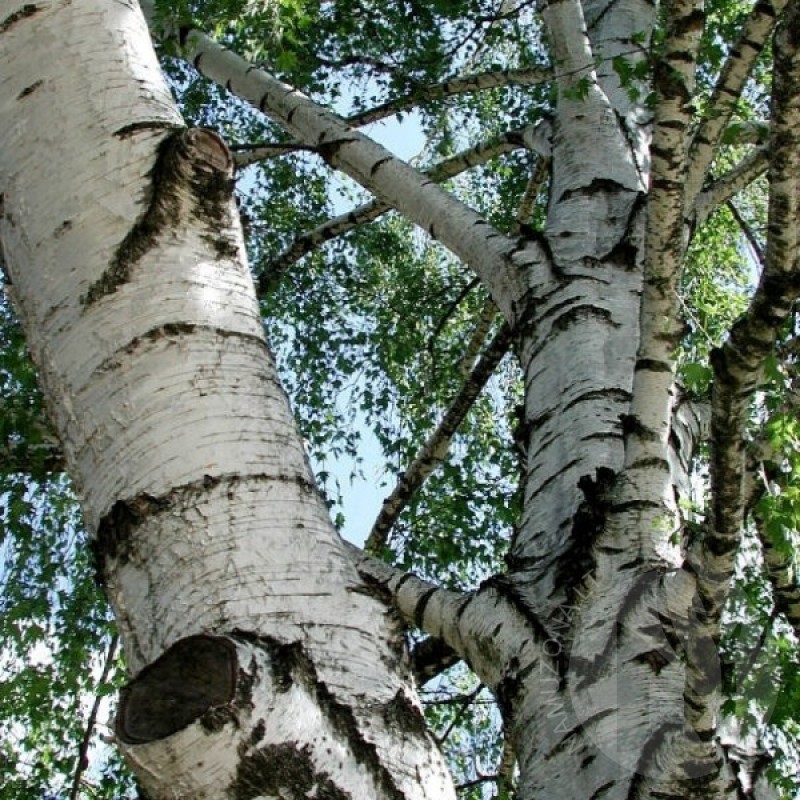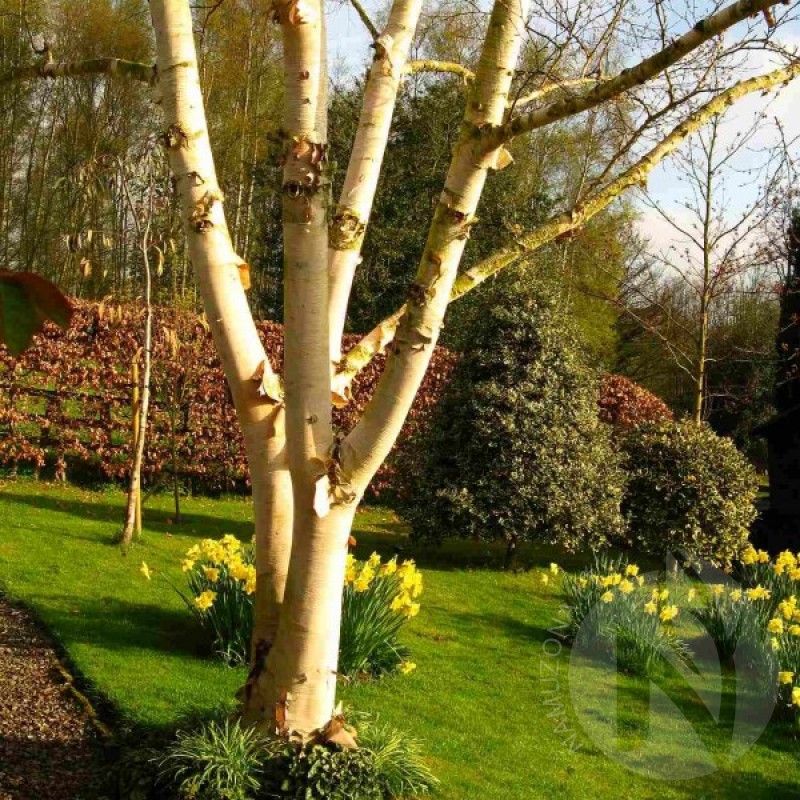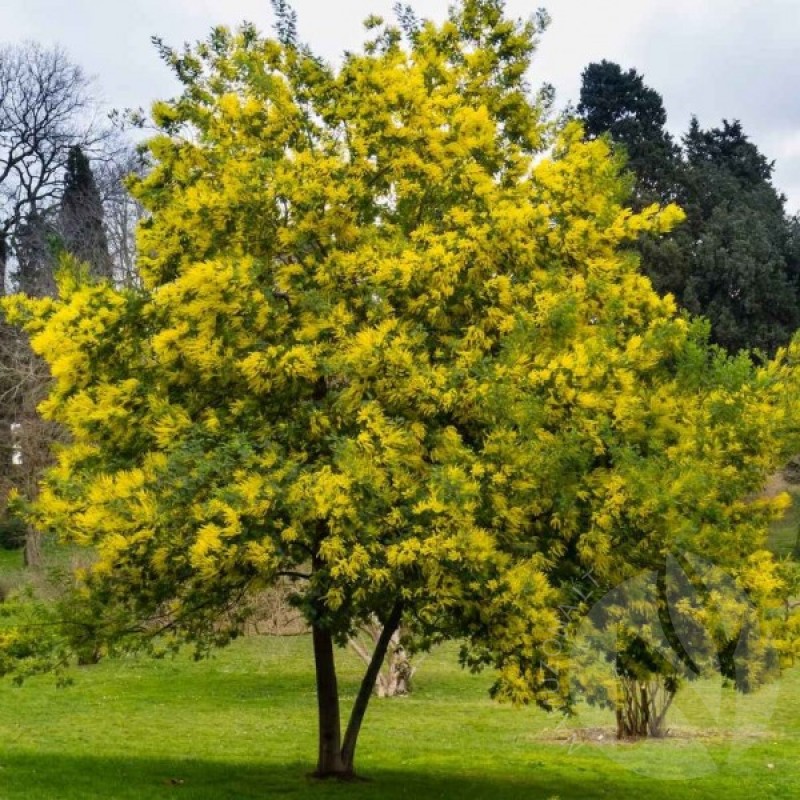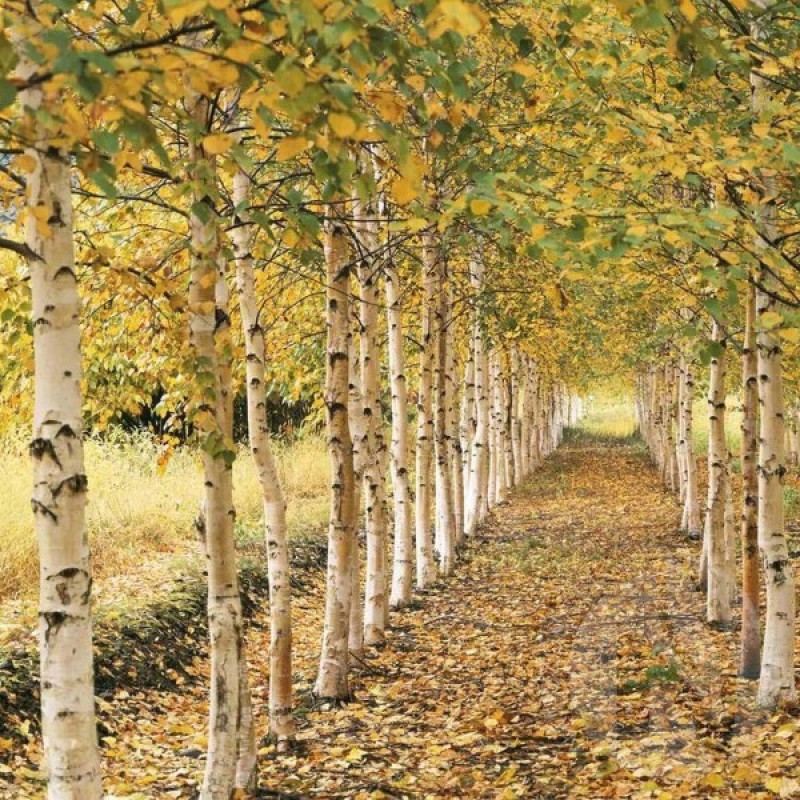
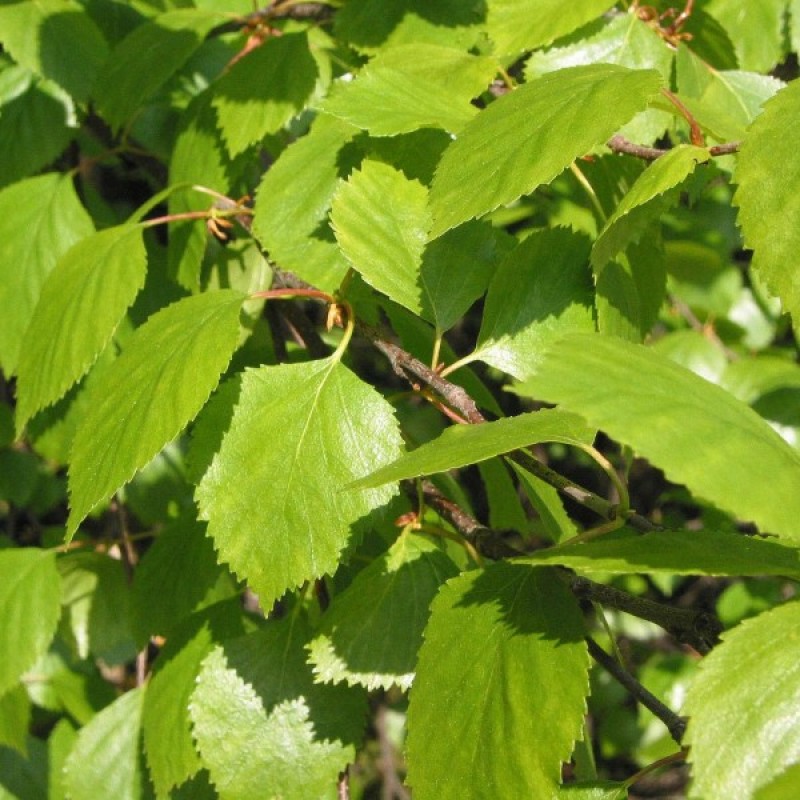
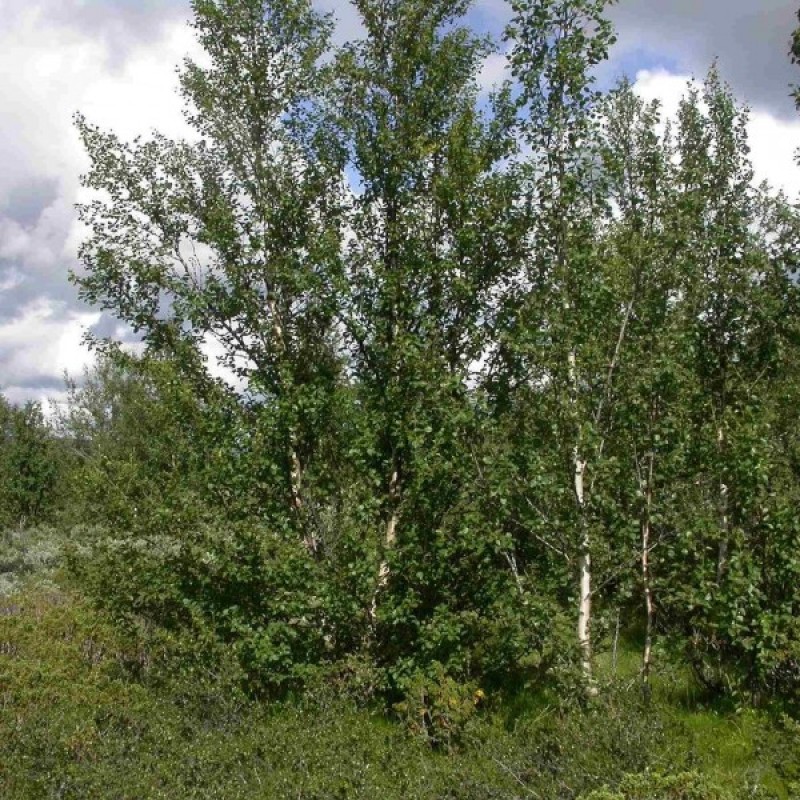
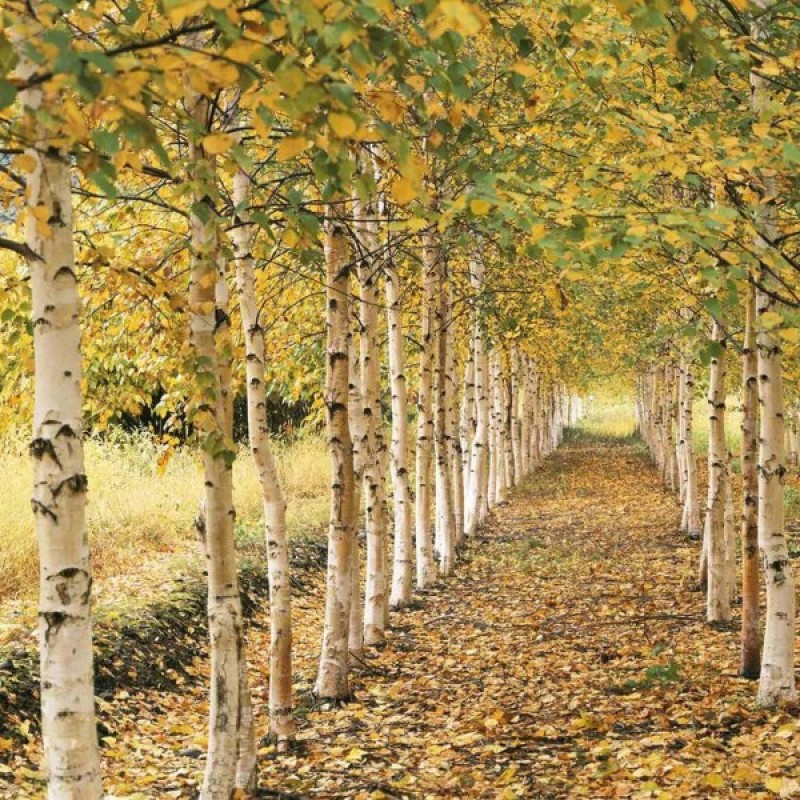
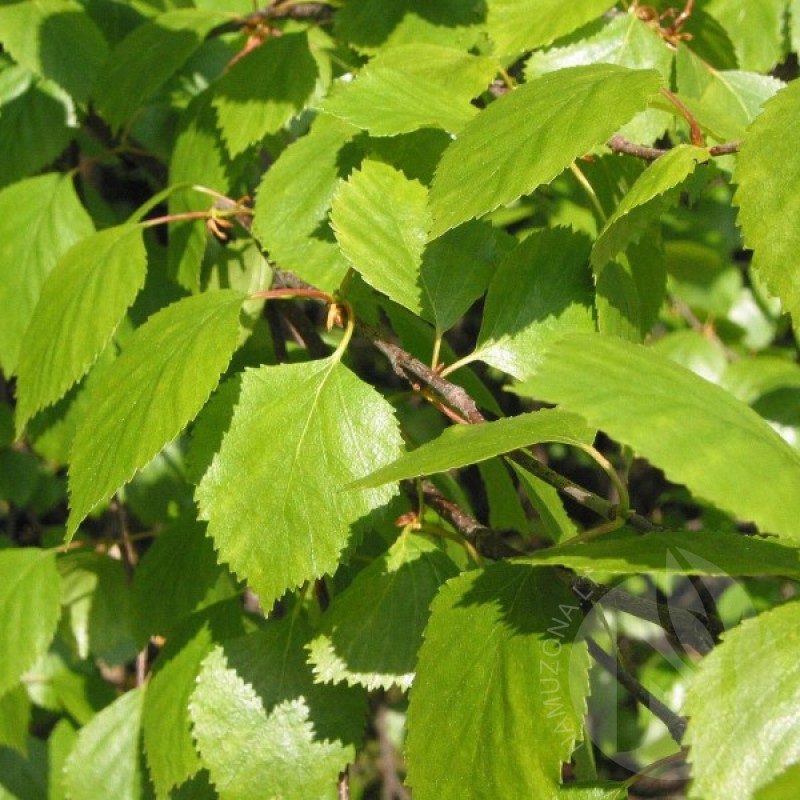
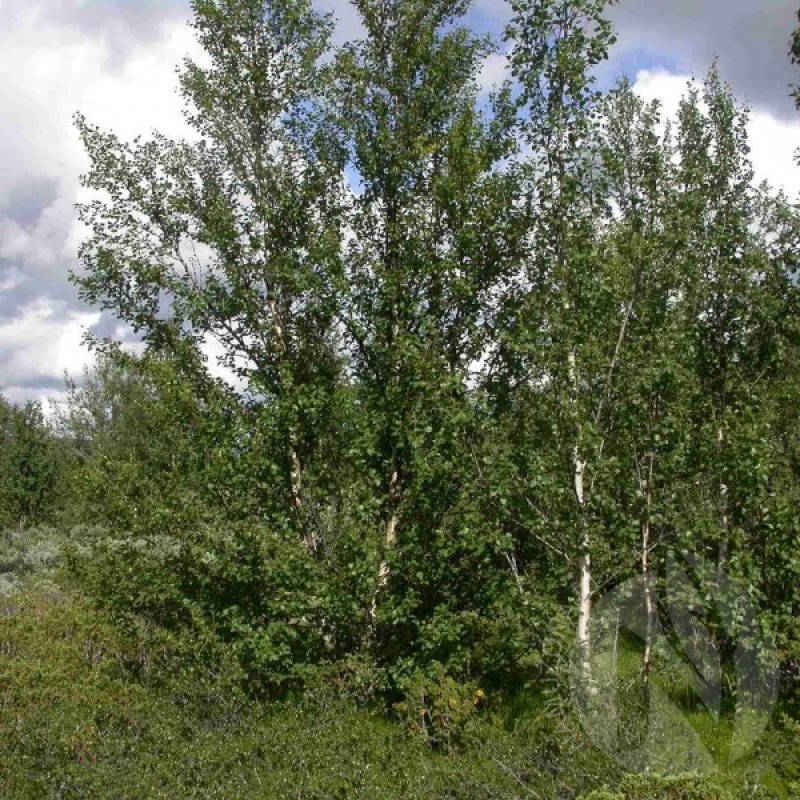
PAY ATTENTION!
All seeds (except SOLD OUT) are available for immediate shipping and will be dispatched within 1-2 business days.
INFORMATION NEEDED? PLEASE CONTACT US NOW!
Downy birch (Betula pubescens) is a fast-growing and relatively small deciduous tree. Although quite similar to silver birch (Betula pendula), downy birch is distinguished by its hairy leaves and shoots.
The species’ native range overlaps with that of the silver birch, but reaches further north and east.
Due to the tree’s small size and rather poor timber, the wood is mostly used for pulp and fuelwood. However, downy birch is of great ecological importance as it strengthens birds’ and insects’ biodiversity and contributes to watershed protection and soil stabilisation. The tree also forms a protective habitat for seedlings of more frost-sensitive species, such as the European beech (Fagus sylvatica) and Norway spruce (Picea abies). With this ability, and with a canopy allowing a fair amount of light to pass through, the downy birch is suitable for reforestation and natural regeneration of forest habitats. In Croatia, the tree is used as an aromatic and medicinal plant.
Downy birch is cold-hardy and is one of the few deciduous trees found in, and even observed above, the alpine tree line in Nordic countries. Here, the species often appears as a dwarf tree or small bush.
The downy birch is able to grow on poor soil, but is light-demanding and does not tolerate long periods of drought. It cannot grow in the shade. It prefers dry moist or wet soil. The plant can tolerates strong winds but not maritime exposure.
Information source: http://www.euforgen.org/species/betula-pubescens/
Genus - Betula
Species - Pubescens
Common name - Downy Birch
Pre-Treatment - Required
Hardiness zones - 1 - 7
Height - 20 m
Spread - 10 m
Plant type - Tree
Vegetation type - Deciduous
Exposure - Sun, Partial Sun
Growth rate - Fast
Soil PH - Acid, neutral, alkaline
Soil type - Any
Water requirements - High, average
Landscape uses - Woodland garden canopy, sunny edges; bog gardens
GERMINATION INSTRUCTIONS
Seeds have an internal dormancy that can be overcome by a moist, chilling period. This treatment is called stratification. Here are the steps to stratify the seeds:
1. Soak the seeds in water overnight
2. Place the seeds in a moist material such as milled sphagnum peat, sterile soil or vermiculite . Fully drain away all of the water and place the seeds in a zip-lock bag.
3. Refrigerate the seeds for 2-3 months at +2-+4C.
4. After the seeds are stratified, surface sow in a container filled with a moist, well-drained germination medium. Cover with glass or plastic and keep the container moist, but not soggy. Keep in room temperature.
5. Requires light for germination
As soon as the seeds germinate, place them under bright lights or move them to a greenhouse or cold frame.
You can sow seeds outdoors in well prepared beds in October or before the winter. Nature will do the job and will germinate in spring.
When large enough to handle, prick the seedlings out into individual pots and grow them on in a cold frame for their first winter.
Atsiliepimų apie šią prekę kol kas nėra.
No questions about this product.

